In a small trial, immune cells that fight the Epstein-Barr virus have stopped the progression of multiple sclerosis, an autoimmune condition that can lead to symptoms, such as difficulty walking, that worsen over time.
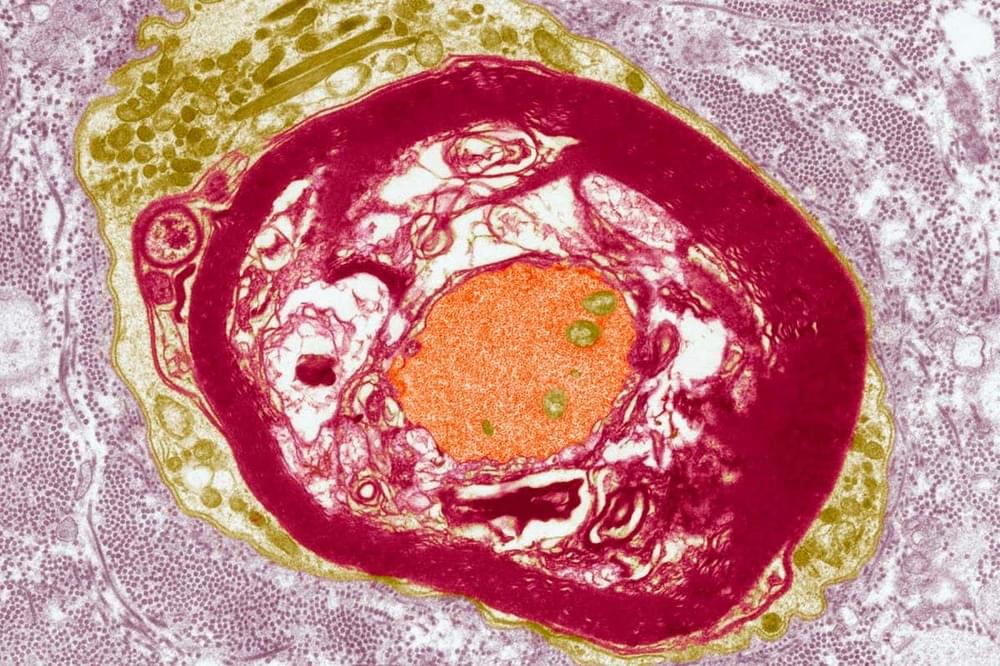

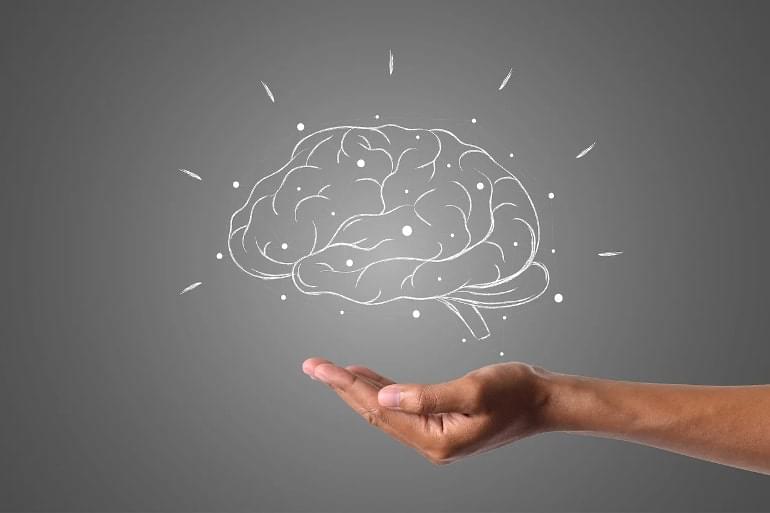
Summary: Researchers identified a genetic correlation between blood biomarkers and a range of mental health disorders. The study provides evidence some substance measures within the blood may be involved in the cause of mental illnesses. For example, immune system proteins may be involved in the development of depression, schizophrenia, and anorexia.
Source: The Conversation.
Mental health disorders including depression, schizophrenia, and anorexia show links to biological markers detected in routine blood tests, according to our new study of genetic, biochemical and psychiatric data from almost a million people.
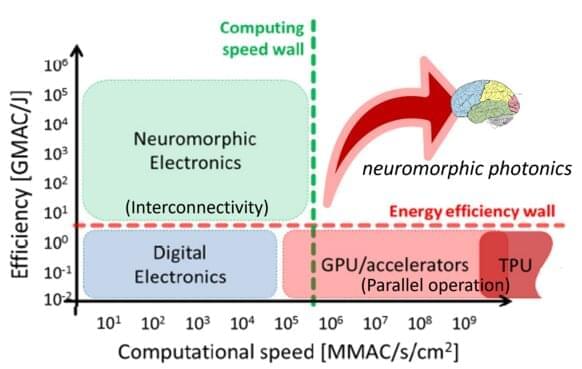
Supercomputers are extremely fast, but also use a lot of power. Neuromorphic computing, which takes our brain as a model to build fast and energy-efficient computers, can offer a viable and much-needed alternative. The technology has a wealth of opportunities, for example in autonomous driving, interpreting medical images, edge AI or long-haul optical communications. Electrical engineer Patty Stabile is a pioneer when it comes to exploring new brain-and biology-inspired computing paradigms. “TU/e combines all it takes to demonstrate the possibilities of photon-based neuromorphic computing for AI applications.”
Patty Stabile, an associate professor in the department of Electrical Engineering, was among the first to enter the emerging field of photonic neuromorphic computing.
“I had been working on a proposal to build photonic digital artificial neurons when in 2017 researchers from MIT published an article describing how they developed a small chip for carrying out the same algebraic operations, but in an analog way. That is when I realized that synapses based on analog technology were the way to go for running artificial intelligence, and I have been hooked on the subject ever since.”
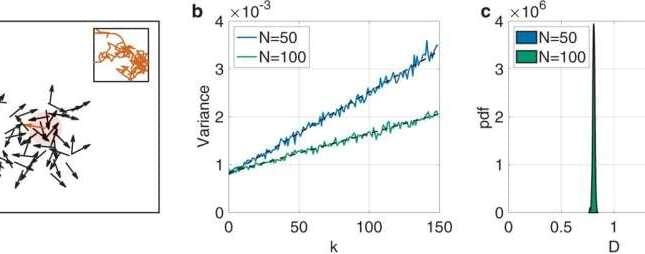
Collective dynamics are ubiquitous in the natural world. From neural circuits to animal groups, there are countless instances in which the interactions among large numbers of elementary units bestow surprisingly complex patterns of tantalizing beauty on the collective. One of the longstanding goals of researchers in many fields is to understand behaviors of a large group of individual units by monitoring the actions of a single unit. For example, an ornithologist can learn many things about the behaviors of a flock by monitoring only a single bird.
Of greater difficulty is understanding the size of a collection of units by observing a single unit. No matter how many birds one tags with monitoring equipment, one can never be assured of having tagged the entire flock. Yet, while the ability to calculate the size of a collective from individual behaviors would be a key tool for any field, there are only a handful of recent papers trying to tackle the seemingly unsolvable problem.
In a newly published study appearing in Communications Physics, investigators led by Maurizio Porfiri, Institute Professor of Mechanical and Aerospace Engineering and Biomedical Engineering, and a member of the Center for Urban Science and Progress (CUSP) at the NYU Tandon School of Engineering; and Pietro De Lellis of the University of Naples, Italy, offer a paradigm to solve this problem, one that builds upon precepts that can be traced back to the work of Einstein.

A new technique for synthesising and screening molecules developed by Danish researchers has been described in a paper published in Nature Chemistry.
The technique, dubbed “single particle combinatorial lipidic nanocontainer fusion based on DNA-mediated fusion” or SPARCLD, uses tiny soap-like “bubbles” to produce more than 40,000 different molecules on an area the size of a pinhead.
The bubbles form “nano-containers” inside which molecules can be produced using DNA nanotechnology. About 42,000 nano-containers can fit on one square millimetre.
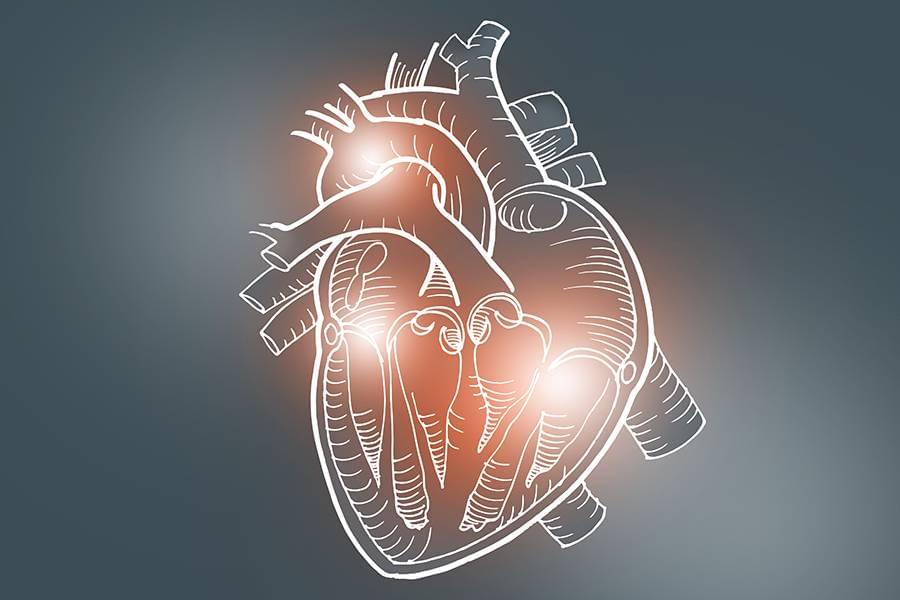

Medical tech company Viz.ai, a developer of an AI-powered stroke detection and care platform, has pulled in a new investment of $100 million at a valuation of $1.2 billion, making it Israel’s newest unicorn (a private company valued at over $1 billion).
The company said Thursday that the Series D funding will be used to expand the Viz platform to detect and triage additional diseases and grow its customer base globally.
Viz.ai’s newest round was led by Tiger Global Management, a New York-based investment firm focused on software and financial tech, and Insight Partners, a VC and private equity firm also based in New York. Tiger Global has invested in Israeli companies such as cybersecurity companies Snyk and SentinelOne as well as payroll tech companies Papaya Global and HoneyBook. Insight Partners is a very active foreign investor in Israeli companies, with at least 76 local portfolio startups to its name including privacy startup PlainID, bee tech startup Beewise, and music tech startup JoyTunes.

The new results, taken from two combined studies, reveal that people who responded to psilocybin-assisted therapy showed increased brain connectivity not just during their treatment, but up to three weeks afterwards. This “opening up” effect was associated with self-reported improvements in their depression.
Psilocybin, the psychedelic compound found in magic mushrooms, helps to “open up” depressed people’s brains, even weeks after use, a study has found.
These are the findings of a new analysis of brain scans from close to 60 people receiving treatment for depression, led by Imperial College London’s Centre for Psychedelic Research. The team behind the study believes it may have untangled how psilocybin exerts its therapeutic effects on the brain.
Psilocybin is one of a number of psychedelics being explored as a potential therapy for psychiatric disorders. Several studies have trialled a synthesised form of the drug to treat patients with depression and anxiety, with promising results.

The goal of this virtual workshop is to discuss whether microbial pathogens may represent a causal component of Alzheimer’s disease, review knowledge gaps, and establish scientific priorities to address these gaps. The workshop discussed gaps in current knowledge and explored new opportunities for research in the areas intersecting infectious organisms and Alzheimer’s disease.
All comments must conform to NIA’s comments policy: https://go.usa.gov/xtqAQ